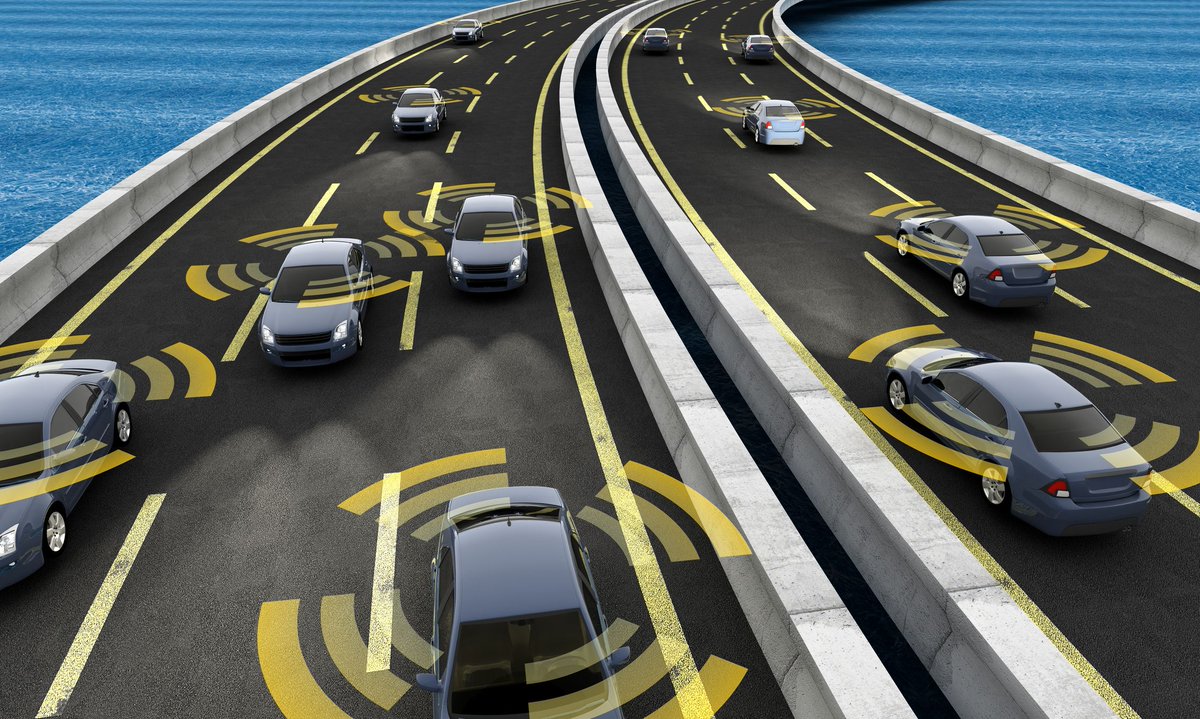But to receive the most benefit from these revolutions, a recent report from the University of California, Davis, and the New York-based nonprofit Institute for Transportation & Development Policy says the most critical component is something most preschoolers know: Sharing is caring.
Share the ride
The report delves into three urban travel scenarios surrounding three transportation “revolutions”: vehicle electrification, automation, and widespread shared mobility — which moves beyond single-occupant ride hailing.
The scenarios include:
- Business as usual: A future without widespread electrification or automation
- 2 Revolutions: Electrification and automation are embraced but shared mobility is not
- 3 Revolutions: Electrification, automation and shared mobility are all widespread
The report determined that shared mobility is the third and vital piece that could move global transportation into a future that not only saves energy and emissions but also decongests highways, frees up parking lots for other urban uses, cuts transportation costs, and improves walkability and livability.
“When it comes to cars, what we learned early in life still holds true — sharing makes everything better,” said lead author Lewis Fulton, a co-director at the Sustainable Transportation Energy Pathways, or STEPS, program of the UC Davis Institute of Transportation Studies. “All the futuristic automotive technology being developed could make our cities more livable and the air more breathable — but only if we take sharing seriously.”
Shared mobility includes ride-hailing services, but only when carrying multiple occupants. It also includes new forms of on-demand public transportation, such as small commuter buses with flexible routes. Active transportation, such as cycling, complements this scenario.
